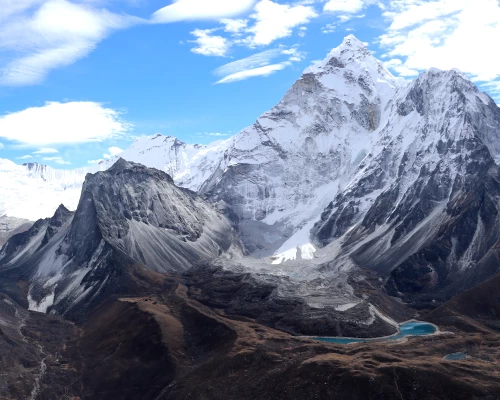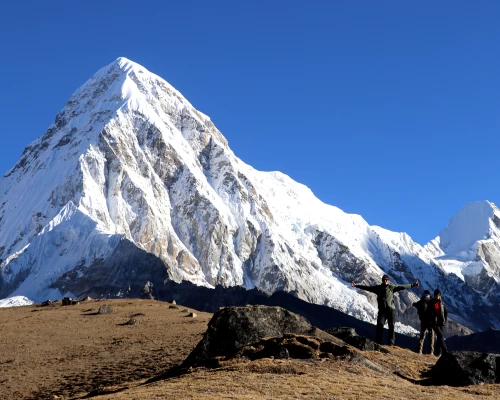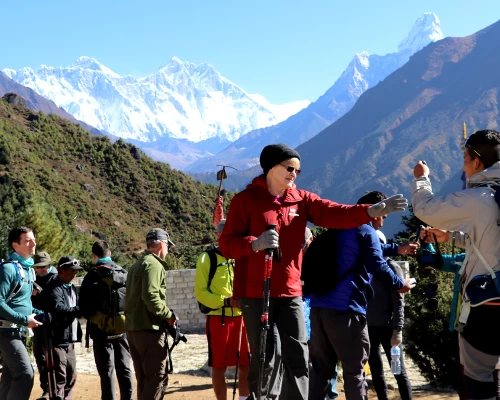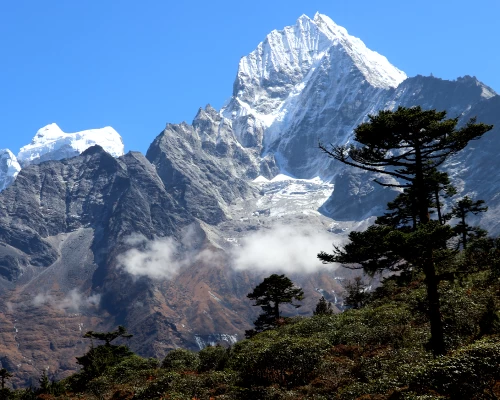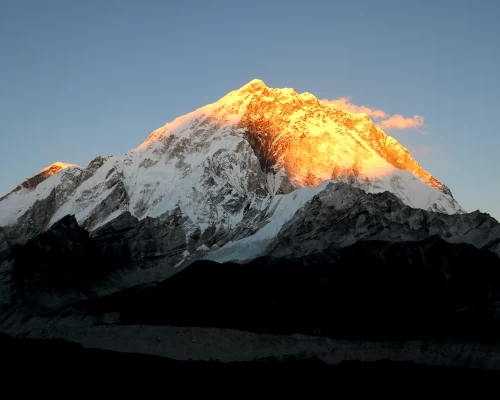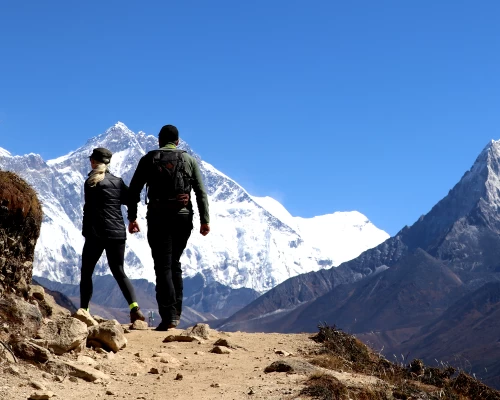Express Everest Base Camp is a spotlight of the trekkers. Trekking to Everest base camp is a dream for those who love to trek. Yearly, more than 45 thousand of tourists from around the world visit the base camp. Some trek to the base camp, some go for the mountain flight to Everest, and some fly to the base camp in a Helicopter.
Our Everest Base Camp Express trek is for highly experienced trekkers. Those people who have a busy schedule and have already done many high altitudes before are the eligible ones. We are looking for such trekkers from around the world to come and create their life experience with us.
The Express trekking to base camp isn’t easy. This trek is a challenge to even the highly experienced trekkers. Altitude isn’t a joke. There are some porters and guides who share their stories of getting altitude sickness even on their 8th or 9th time at the base camp.
Before thinking of undertaking this trek, you must make sure that you want to and that you can. Practice some aerobic exercises starting months before you go. Also, while on the route, you must take care of your body. Keep it hydrated. Drink plenty of water.
To those who don’t think they want to do the express trek to EBC, we have several other Everest Base Camp trekking packages. This also includes Short EBC Trekking, Everest Base Camp Trek, and many others. For any queries or suggestions, you can contact us.
Best Time for Express Everest Base Camp Trek
Autumn (September, October, and November) and Spring (March, April, and May) are the best time for trekking in the Everest region. During these times, the weather is stable and the temperature is mild. The stable weather improves visibility and also provides the best experience for trekking.
The short Everest base camp trek is doable in Winter (November, December, and January) and in Summer (June, July, and August) as well. But for Everest base camp trekking on offseasons, you will need special and proper plans and gear.
Trek Difficulties During the Express Everest Base Camp Trek
Altitude sickness is the greatest threat during this trek. You will gain more altitude in a single day. Thus, this trek is highly targeted at those who have had lots of high-altitude experiences before.
In most cases, trekkers get injuries on their trek back from EBC to Lukla. This happens because they tend to run or walk very fast in the rugged descents as well. Be careful when you walk.
You must have a very good physique to do this trek. This trek isn’t for trekkers without a strong physique and endurance.





